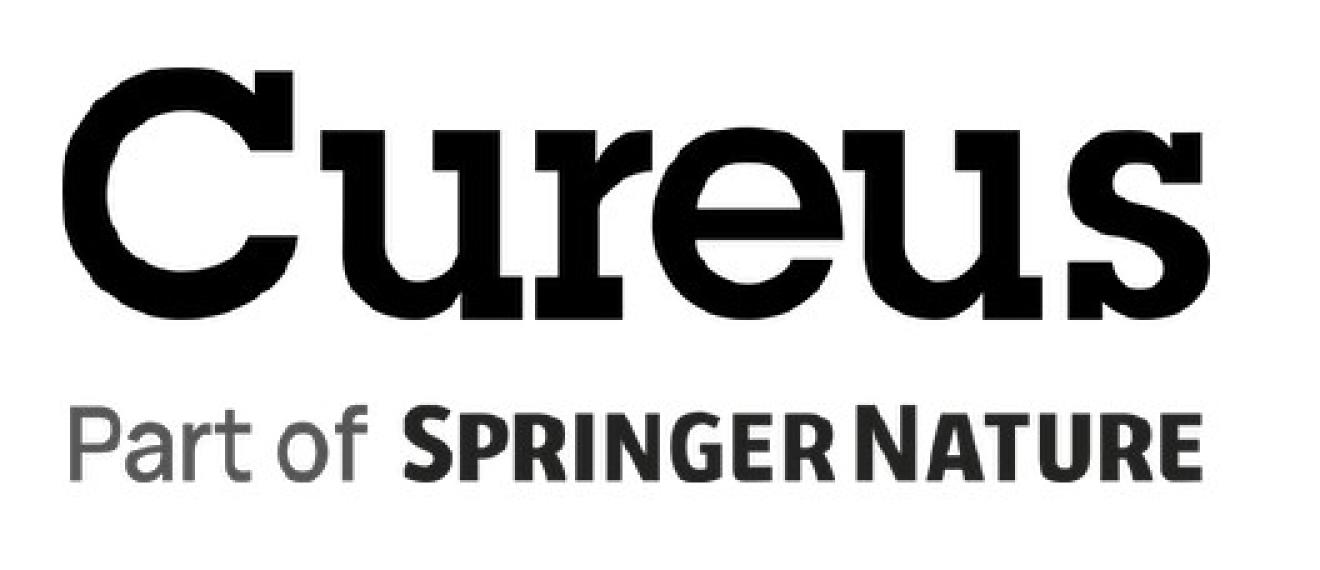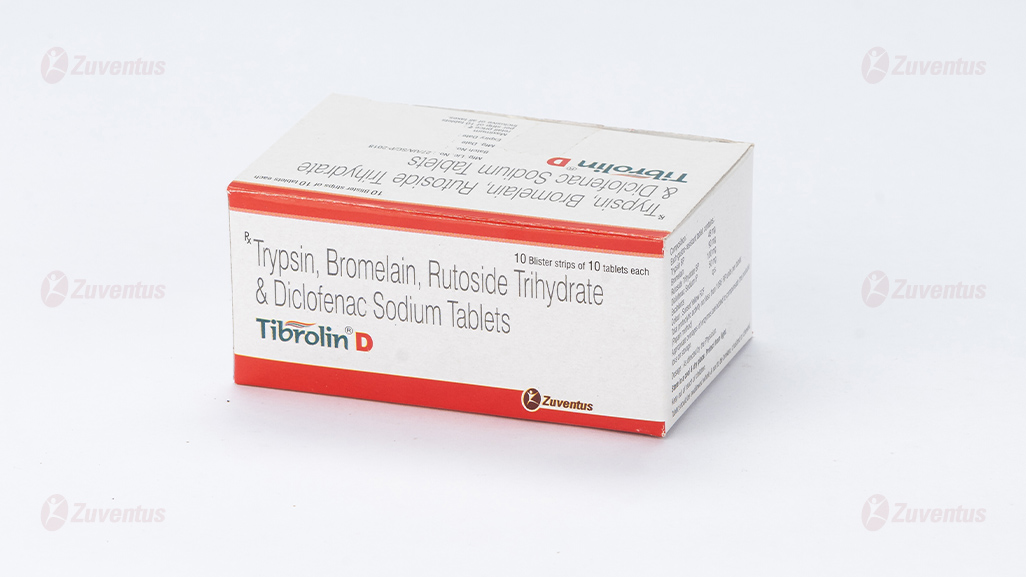Safety and Efficacy of a Fixed-Dose Combination of Trypsin, Bromelain, Rutoside, and Diclofenac in Wound Management: A Randomized Clinical Trial

Abstract
Background
One of the most significant postoperative challenges faced by patients is the occurrence of acute episodes of pain and inflammation, often accompanied by the development of edema, particularly in the case of large wounds. Consequently, any delay in the healing process of such wounds can exert a substantial impact on recovery. This delay can potentially be mitigated by addressing the moisture imbalance at the wound site using proteases, while concurrently minimizing pain and inflammation through the use of appropriate analgesic and anti-inflammatory preparations. The objective of this study was to evaluate the safety and efficacy of Tibrolin® D, a fixed-dose combination comprising trypsin, bromelain, rutoside, and diclofenac tablets, in alleviating pain intensity and enhancing wound healing in patients experiencing acute pain resulting from uncontaminated minor orthopedic surgical procedures or wounds.
Method
An open-label, multicenter, controlled, comparative Phase IV clinical study was conducted on 200 patients who underwent elective, clean, and uncontaminated minor orthopedic surgery. These patients were randomized (1:1) to receive either Tibrolin® D (a combination of trypsin 48 mg, bromelain 90 mg, rutoside 100 mg, and diclofenac 50 mg) or Voveran® 50 GE (diclofenac 50 mg) as one tablet orally, thrice a day postoperatively for seven days. The primary outcome was the proportion of patients reporting adverse events. Secondary outcomes included a total wound symptom score, evaluated based on symptoms after minor orthopedic surgery using a four-point Likert scale, and pain intensity assessed by the Numerical Pain Rating Scale.
Results
No adverse events were observed in this study. Both groups demonstrated statistically significant improvement (p < 0.001) in all assessed wound symptoms: erythema, edema, discharge, induration, local irritation, tenderness, and pain. By Day 7, total wound symptom scores significantly decreased in both the Tibrolin® D group (12.84 ± 2.89 to 2.24 ± 2.08) and the diclofenac group (12.86 ± 3.29 to 2.66 ± 2.28) (p < 0.001), with no significant difference between groups (p = 0.318). Pain intensity also decreased significantly in both groups by Day 7 (p < 0.001), with no significant difference in mean change between groups (p = 0.412). Notably, 91% of patients and 96% of investigators rated Tibrolin® D as good to excellent in relieving wound symptoms, comparable to ratings for diclofenac (88% and 96%, respectively).
Conclusion
Tibrolin® D was as well tolerated as diclofenac, indicating a favorable safety profile. The findings also suggest that Tibrolin® D improves wound healing symptoms and reduces pain intensity following minor orthopedic surgeries, demonstrating efficacy comparable to diclofenac.
Dewan B, Shinde S, Motwani N. Safety and Efficacy of a Fixed-Dose Combination of Trypsin, Bromelain, Rutoside, and Diclofenac in Wound Management: A Randomized Clinical Trial. Cureus. 2025;17(7):e88228. DOI: 10.7759/cureus.88228.

